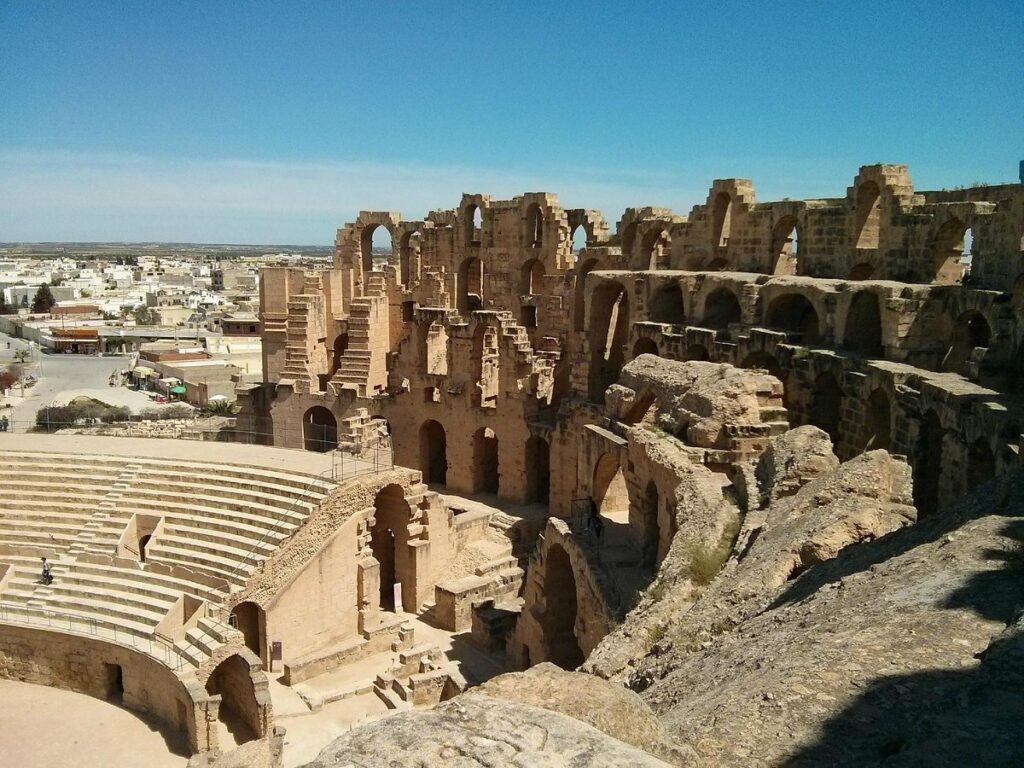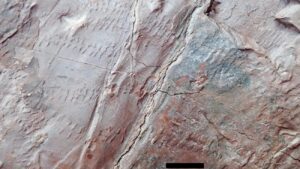Top Things to See in Tunisia’s Archaeological Park of Thysdrus
Nestled in the heart of Tunisia, the Archaeological Park of Thysdrus offers a fascinating glimpse into the ancient world. Known today as El Djem, this site is home to one of the most impressive Roman amphitheaters in the world. Whether you’re a history buff or simply looking for a unique travel experience, Thysdrus promises a journey back in time with its well-preserved ruins and captivating stories.
What to See
The centerpiece of the Archaeological Park of Thysdrus is undoubtedly the El Djem Amphitheater. This colossal structure, built in the 3rd century AD, is one of the largest Roman amphitheaters ever constructed, rivaling even the Colosseum in Rome. As you wander through its ancient corridors and climb its towering steps, you can almost hear the echoes of the past—gladiators preparing for battle, the roar of the crowd, and the vibrant life of a bustling Roman city.
Beyond the amphitheater, the park also features a museum that houses a remarkable collection of mosaics and artifacts unearthed from the surrounding area. These intricate artworks provide insight into the daily lives, beliefs, and artistic achievements of the people who once thrived here. Don’t miss the chance to explore the remains of the Roman villas, which offer a more intimate look at the domestic architecture and lifestyle of ancient Thysdrus.
A Bit of History
Thysdrus was once a prosperous Roman city, strategically located on the trade routes of North Africa. Its wealth was largely derived from olive oil production, which was a major export to the Roman Empire. The construction of the amphitheater in the early 3rd century AD was a testament to the city’s affluence and its importance within the empire. However, the city’s fortunes declined after a failed revolt against Roman rule, leading to its gradual abandonment.
The amphitheater itself has withstood the test of time, surviving centuries of natural and human-induced challenges. It was designated a UNESCO World Heritage Site in 1979, recognizing its historical significance and the need for its preservation.
Interesting Facts and Tips for First-Time Visitors
- The El Djem Amphitheater could hold up to 35,000 spectators, making it one of the largest in the Roman world.
- Unlike many other Roman amphitheaters, El Djem’s structure is remarkably well-preserved, allowing visitors to explore its underground passages and upper tiers.
- The amphitheater has been used as a filming location for several movies, including the famous “Gladiator.”
- Visit during the early morning or late afternoon to avoid the midday heat and enjoy a quieter experience.
- Consider hiring a local guide to enrich your visit with stories and historical context that you might miss on your own.
How to Get There
El Djem is conveniently located between the cities of Sousse and Sfax, making it accessible by road. If you’re traveling from Tunis, the capital city, you can take a train or bus to El Djem, which is approximately a 2.5-hour journey. The train station is a short walk from the amphitheater, making it a convenient option for visitors.
For those driving, the site is well-signposted, and there is ample parking available near the entrance. Once you arrive, the park is easy to navigate on foot, with clear paths leading to the main attractions.
Whether you’re a seasoned traveler or visiting Tunisia for the first time, the Archaeological Park of Thysdrus offers a unique and enriching experience. Its blend of history, architecture, and culture provides a captivating window into the past, making it a must-see destination on any itinerary.








